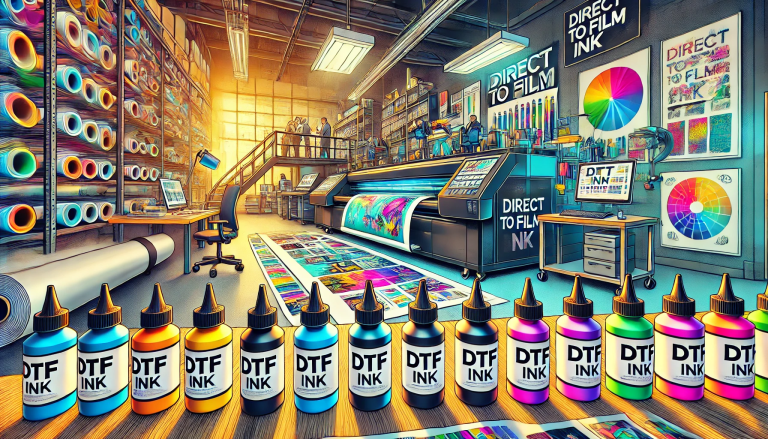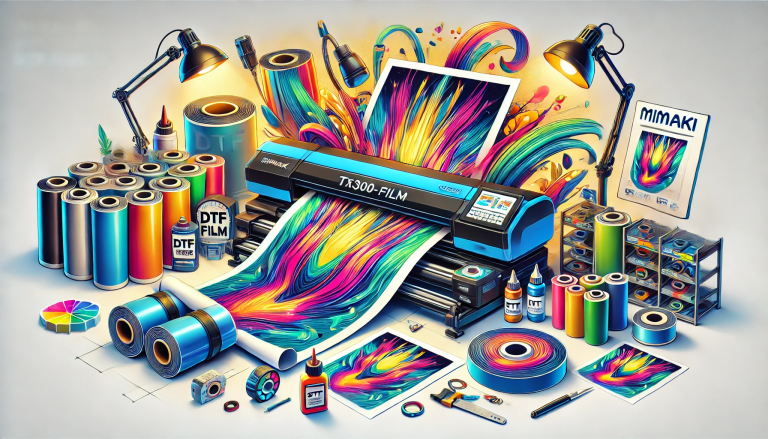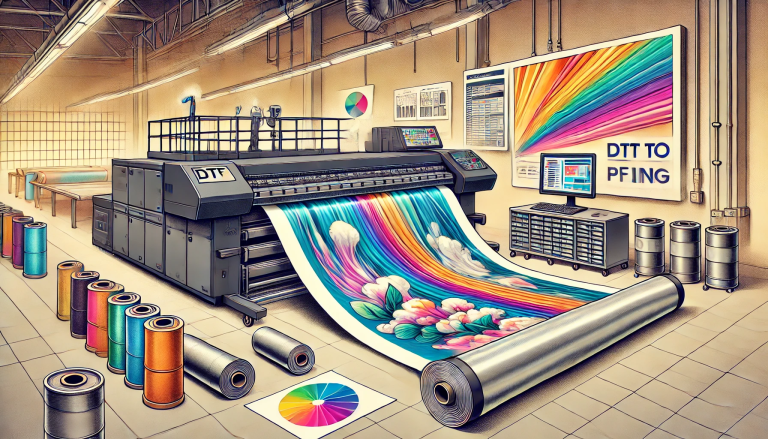“The Detailed Guide to Performing DTF Transfers: Fundamentals, Process, Challenges, and Future Trends” -MAXDTF- DTF Film for Epson F2100 Factory, DTF Film Sheet Manufacturer, Made in China
Introduction
Direct-to-Film (DTF) transfers have revolutionized the textile and printing industries, offering superior design detail, vibrant color reproduction, and broad fabric compatibility. To maximize the benefits of this technology, understanding the process of creating and applying DTF transfers is crucial. This essay will explore how to do a DTF transfer, starting with an overview of DTF transfers, detailing the step-by-step process, discussing potential challenges, and exploring future advancements.
Part 1: Understanding DTF Transfers
DTF transfers involve printing a design onto a special film using a DTF printer, followed by transferring the design onto a piece of fabric via heat and pressure. The design is printed on the DTF transfer film with specific DTF inks, after which an adhesive powder is applied to the film. This adhesive acts as a binding agent between the design and the fabric when activated by heat.
Part 2: The Step-by-Step Process of Performing a DTF Transfer
The process of performing a DTF transfer begins with designing or selecting the graphic to be transferred. This design is then printed onto the DTF transfer film using a DTF printer. After printing, an adhesive powder is applied to the film. The adhesive powder-covered film is then subjected to heat to activate the adhesive.
Once the DTF transfer is prepared, it’s positioned on the fabric with the printed side facing down. A heat press or iron is then used to apply heat and pressure to the transfer. The temperature and time required can vary depending on the specific adhesive powder and fabric used, but generally, a temperature of around 160 to 180 degrees Celsius (320 to 356 degrees Fahrenheit) for approximately 10-15 seconds is recommended.
After heat and pressure application, the transfer must cool down before the film is peeled off. It’s crucial to let it cool completely to avoid damaging the design. Once cooled, the transfer film is gently removed, revealing the design on the fabric.
Part 3: Potential Challenges in Performing DTF Transfers
While DTF transfers offer many advantages, there can be challenges in performing them. One such challenge is ensuring the correct temperature and pressure for the specific adhesive powder and fabric. Inconsistent or incorrect settings can lead to poor transfer quality or even damage the fabric.
Another challenge is aligning the DTF transfer properly on the fabric. Misalignment can lead to a skewed design or even waste a transfer. Also, failing to let the transfer cool completely before peeling off the film can damage the design.
Part 4: Future Trends in Performing DTF Transfers
Looking ahead, we can anticipate several advancements in the process of performing DTF transfers. Improvements in DTF printer technology may enable faster and more accurate printing. Enhancements in adhesive powder could also lead to shorter heat activation times and improved design adhesion.
In terms of application, we might see advancements in heat press technology that allows for more precise temperature and pressure control, making the process more efficient and reliable. Innovations might also facilitate easier application on a wider variety of fabric types and items, further expanding the utility of DTF transfers.
Summary
Performing a DTF transfer involves several steps, from preparing the design and printing it onto the DTF transfer film to applying for the transfer onto fabric using heat and pressure. While there can be challenges in performing DTF transfers, careful attention to the process can mitigate potential issues and result in a high-quality design transfer. With future advancements, the process of performing DTF transfers may become even more efficient and versatile, further enriching the possibilities in textile and print design.





